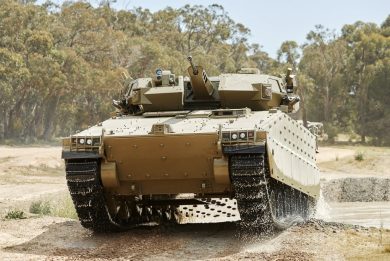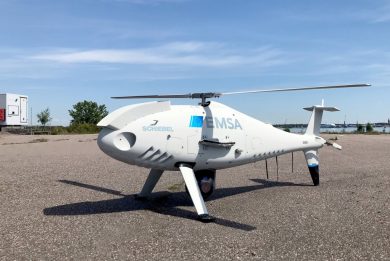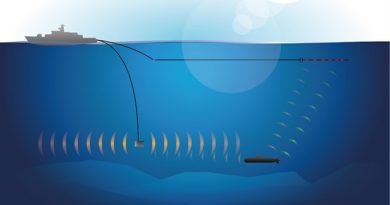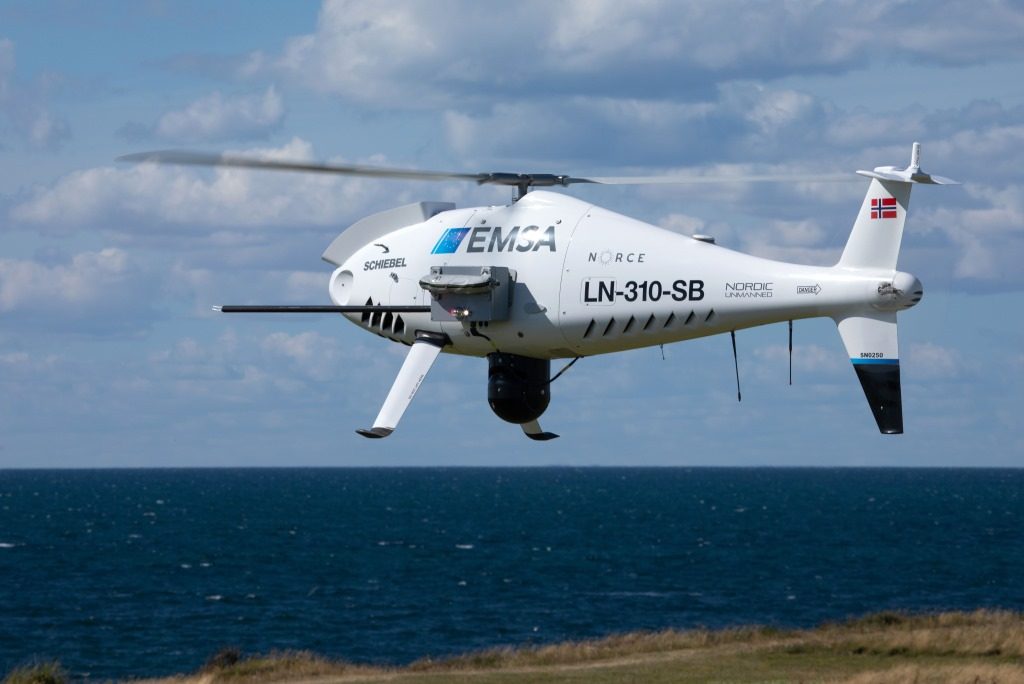
Schiebel Camcopter S-100: new missions and new 3D-printed titanium components
Schiebel has become one of the major players in the light unmanned rotary wing aircraft category, and intends to maintain its position, continuously improving its Camcopter S-100. This rotary wing aircraft is capable to fly for up to 10 hours, the maximum payload being 50 kg, with a 55 knots cruise speed, dash speed being over the double, the range depending on the digital data link adopted, the more powerful one allowing a 200 km range. Powered by a 50 Hp rotary engine, it has a maximum take-off weight of 200 kg, its rotor having a 3.4 meters diameter, and can takeoff, navigate via waypoints and land in full autonomy.
The specific characteristics of the S-100 attracted the interest of numerous military, paramilitary and civil users, many of them being involved in operations over water. “Our participation at Euronaval, which takes place in France, the Marine Nationale being one of our reference customers, is aimed at proposing our product for a series of new types of operations, mostly in the surveillance, Search & Rescue and cargo roles,” Lubos Sramek, the company Regional Sales Director Europe, tells EDR On-Line. In late November 2019 the French DGA announced that the Camcopter S-100 was fully integrated with French Navy Mistral class amphibious helicopter carrier Dixmude, thus becoming an integral sensor of the ship.
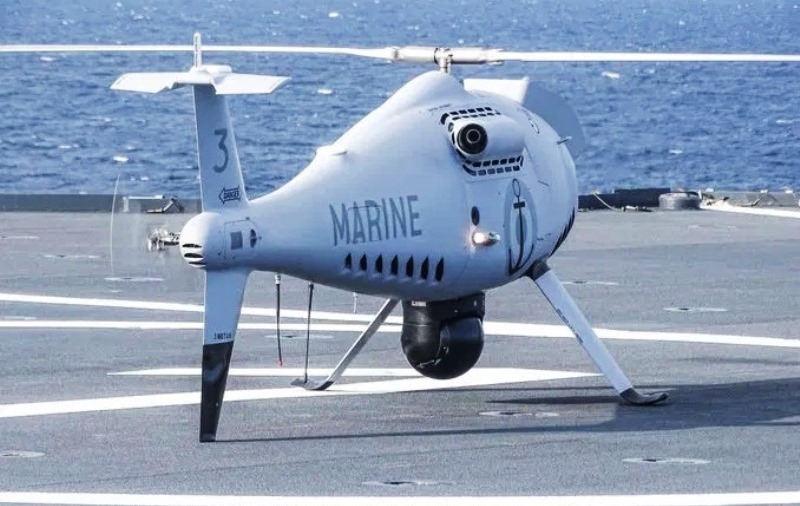
While Europe has become an integral region in which the Schiebel UAS has been used in recent times in a series of new roles, the company is definitely not limiting its horizons to the Old Continent, the latest news coming from down under: here the Camcopter S-100 is part of the contenders for the Land 129 Phase 3 contract which aims at introducing in service a Tactical Unmanned Air System (TUAS) to be operated by the Australian Army. To support this effort its Asia-Pacific subsidiary, Schiebel Pacific, has teamed with Raytheon Australia. Schiebel is also scaling up its presence in Australia upgrading its facility in Yerriyong, New South Wales, and hiring new pilots and technicians. The company is also proposing its Camcopter S-100 for the
Sea 129 Phase 5 bid, which aims at introducing in service a Maritime TUAS (M-TUAS) to be operated from both Australian Navy’s future Offshore Patrol Vessel (OPV) and Hunter-class frigates.
Not always the systems are sold to the customer, Schiebel providing also services through local partners when support is needed, as it happened in Malaysia in March 2019, when the local Armed Forces required the support of a VTOL UAS to analyse and scan the waters of a polluted river and adjoining areas, following an environmental disaster.
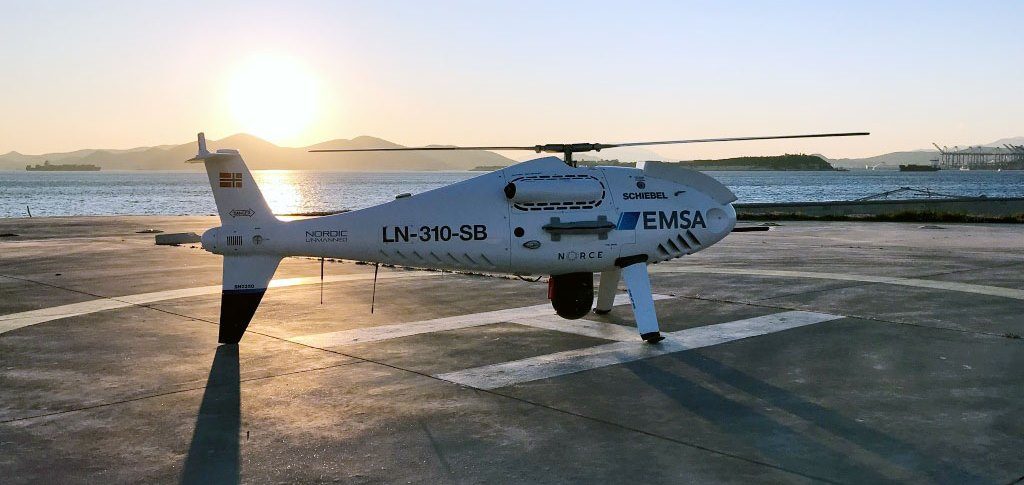
Enforcing environmental rules has become a daytime role also in Europe: “since July 2020 our Camcopter S-100 is flying a very specific mission in Denmark, monitoring merchant ship emissions in Danish waters, the European Maritime Safety Agency (EMSA) offering that service to the Danish Maritime Authority and the Danish Environmental Protection Agency,” Mr. Sramek explains. EMSA signed a contract with Schiebel on 19 November 2018, the company providing simultaneous maritime surveillance services to several European Union member states and bodies. In 2020 these missions were extended to the monitoring of ship compliance with the MARPOL Annex VI for Sulphur Emission Control Area (SECA). Depending on the areas the sulphur concentration limit can vary from 0,1% to 0,5%. The S-100 flies through the exhaust gas plume analysing it thanks to the dual Explicit mini-sniffer installed on board, transferring data to the EMSA RPAS Data Centre and to THETIS EU in Portugal, which creates alerts to be followed up by authorities. The other sensors embarked for those missions, which are carried out in cooperation with Nordic Unmanned and the NORCE Research Institute, are a L3 Wescam Electro-Optical / Infra-Red camera gimbal and an Automatic Identification System (AIS) receiver.
“A similar mission is now flown in France, in the Channel area, the S-100 being operated by the French Affaires Maritimes out of the Griz-Nez operational centre,” the Schiebel representative adds.
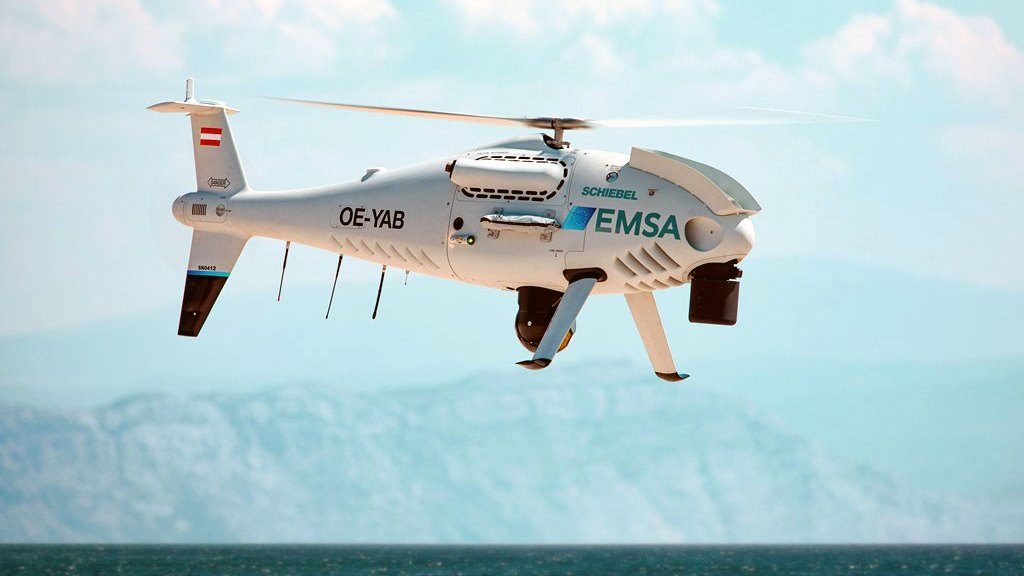
Beside this very specific mission, the Camcopter S-100 is also deployed in Finland where it provides maritime surveillance duties in the hands of the Finish Border Guard. Often operated from shore, in late September the S-100 was embarked on the Turva OPV that operated in front of the Estonian city of Paldiski, west of Tallinn, the UAS service provided by EMSA being extended to that country as well as to Sweden following a regional approach concept. A similar service was provided to Croatia, initially for three months, always within the EMSA framework contract, the mission having then been extended to 14 months; missions included in particular fishery control.
In the UK Schiebel has provided its rotary-wing UAS to Bristow, which in turn is the provider of HM Coastguard Search and Rescue Helicopter Service. “Here the S-100 performs manned-unmanned teaming missions, contributing to the search phase, rescue being of course carried out by a manned helicopter,” Lubos Sramek says, underlying also that the Camcopter S-100 is able to search a bigger area in the same time compared to a manned rotary wing aircraft. On-board delivery was also successfully demonstrated in an oil and gas environment, using a cargo delivery solution attached to the aircraft. The underslung cargo solution, capable to carry up o 50 kg, had already been tested in cooperation with Boeing for the benefit of the US Army, emergency drop of the cargo as well as of the cable having been thoroughly proved.
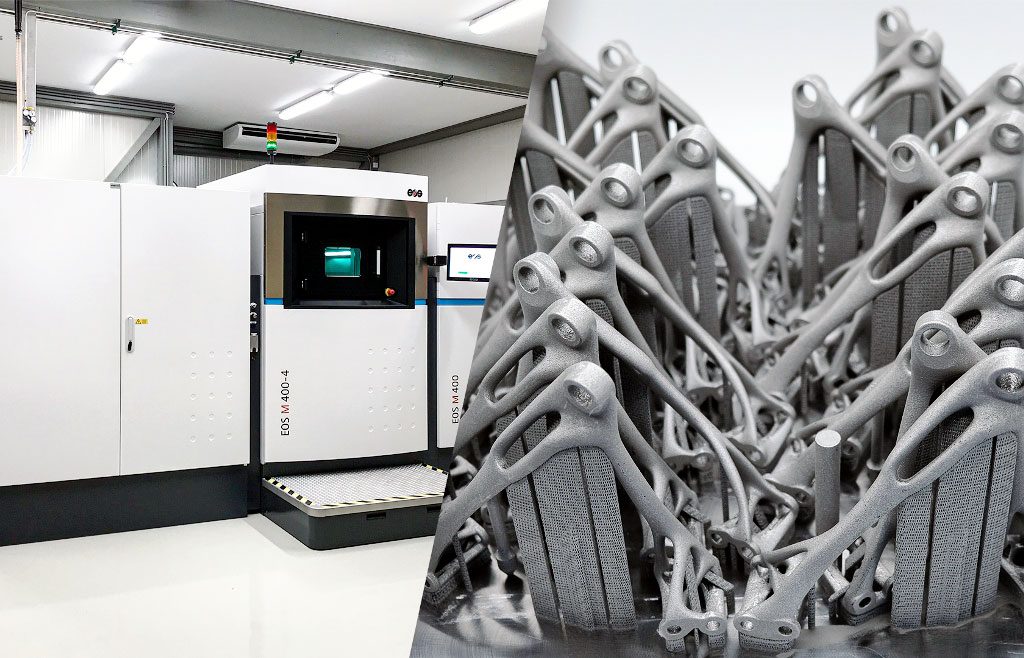
Mr. Sramek looks positively at the future of the Schiebel product. “On one hand the European Union Aviation Safety Agency will ease the rules for the aircraft belonging to the Specific Category from the beginning of 2021, which will allow a less time-consuming and complex procedure to obtain operations certificates.” The second positive element is that the sensor world is progressing in the miniaturisation process, sensors becoming smaller, lighter and less power hungry. “This allows the S-100 to carry an increasing number of sensors within the same payload limit, making it more and more multirole.” To further increase the Camcopter S-100 payload Schiebel is replacing some structural elements with new ones obtained with the use of a 3D titanium printer, which provides not only considerable weight savings but also a greater design freedom. “We are trying to continuously increase the number of parts that can be switched from traditional production to 3D printing, the latter allowing design and weight optimisation, and all these elements can be retrofitted on existing aircraft,” Sramek concludes, which means that customers can upgrade their aircraft safeguarding their investment.
Photos courtesy Schiebel

